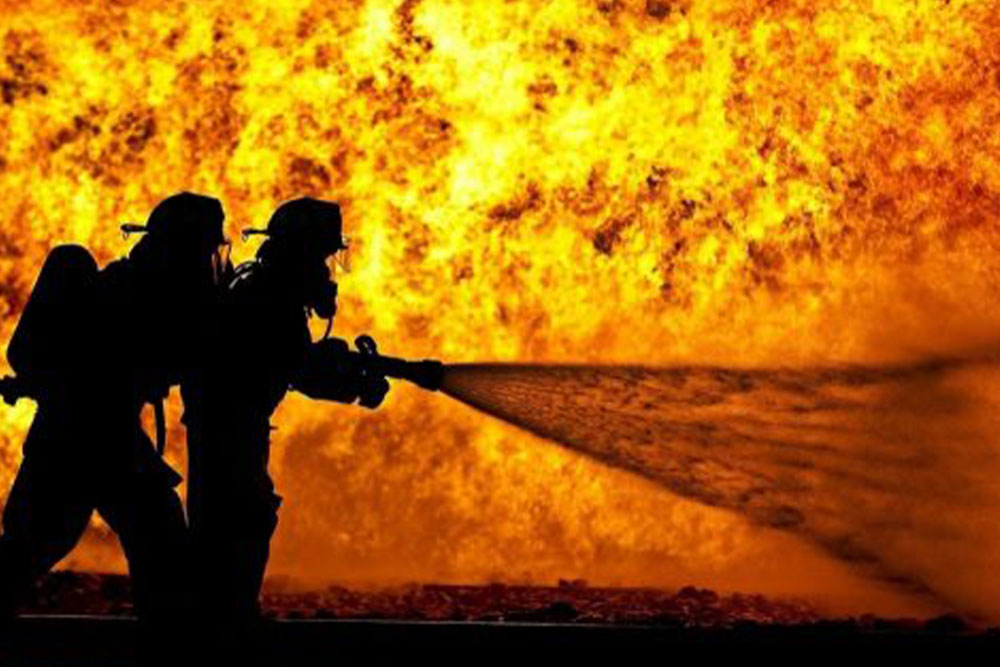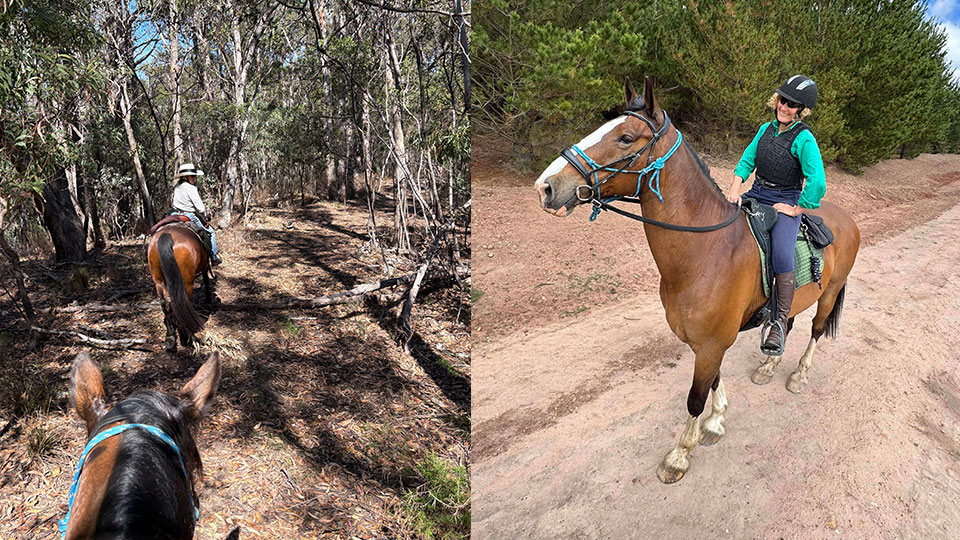
On the fireground during an emergency, command and control works well. Players have clear roles, and decisions are made and enacted swiftly. However, command and control does not translate across all leadership scenarios.
Directing may secure compliance, but not ownership and commitment, and may disengage team members. A coaching approach will enlist others in their own outcomes, inspire discretionary effort, and build team capacity.
In an HBR article, Cuddy, Kohut and Neffinger posed the question: ‘Is it better for leaders to be warm or strong?’ They maintain that most leaders will try to highlight their strength, competence and credentials, which can lead to ‘a host of unresourceful behaviours’ and inhibit cognitive functioning of employees, causing them to disengage. They conclude that leaders must start with warmth, as this is the most effective and is the ‘conduit of influence’ as it generates trust, open communication, and creative thinking.
Princeton social psychologist Alex Todorov* found people pick up warmth faster than competence. This highlights the importance for leaders to earn the right to command by first connecting with their employees—strength and capability alone do not guarantee engagement.
An overly directive leadership style can cause others to distance themselves and disconnect from the leader. A lack of feeling connected to others causes real social pain (Matthew Lieberman, 2013)** — some of the same regions of the brain that respond to physical pain also respond to social pain. Social pain can be experienced at the extreme end of command and control leadership.
Good leaders in the fire services know this and have the behavioural flexibility to modify their leadership style on and off the fireground. How flexible is your leadership style?
Go fearlessly.
Note: This blog is based on my latest book, Developing Direct Reports: Taking the guesswork out of leading leaders. Get the book to learn how to support leaders who suffer from ‘Controller – command and control’, as well as 11 other leadership derailers.
*Princeton social psychologist Alex Todorov has conducted research into the cognitive and neural mechanisms that drive our spontaneous trait inferences. He found that when we look at each other’s faces and make snap judgments we consistently pick up on warmth faster than competence. See Cuddy, A. J., Kohut, M., & Neffinger, J. (2013, July-August). Connect, Then Lead. Harvard Business Review.
**Lieberman, M. D. (2013). Social: Why our brains are wired to connect. New York, NY: Crown.
STAY IN THE LOOP





